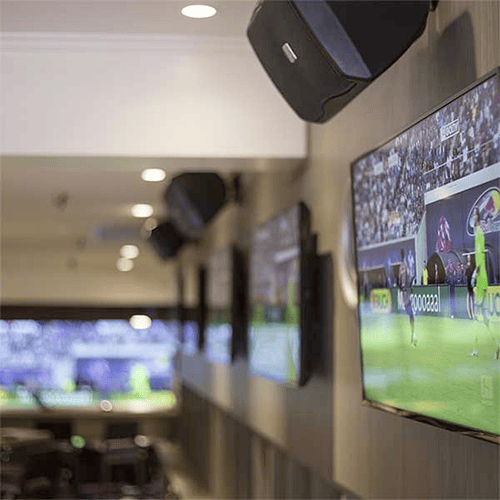Optimal Strategies for Placing Surveillance Cameras to Improve Surveillance Efficacy
Optimal Strategies for Placing Surveillance Cameras to Improve Surveillance Efficacy
Blog Article

Placing surveillance cameras effectively efficiently is crucial for improving surveillance in various environments, such as residences, businesses, as well as public spaces. The primary objective of security cameras remains to deter crime while also provide proof during instances of incidents. To attain this, it is essential to take into account several factors, including surveillance camera placement, range of vision, and the particular zones that require oversight. By understanding these factors, individuals as well as organizations can develop a thorough surveillance plan that maximizes the efficacy of their security systems.
One of the initial actions in positioning surveillance cameras involves to identify critical locations that need monitoring. Vulnerable zones, including entrances, exit points, vehicle areas, and locations with valuable items, must be given priority. It also important to take into account blind spots, that are locations that may not be seen from specific angles. By charting out these key areas, security personnel can guarantee that all nook remains monitored, minimizing the chances of illegal activity going undetected. Additionally, installing cameras at strategic points can help create a complete view of the premises, enabling for improved overall security monitoring.
The field of a security camera is another important element to consider. Various kinds of cameras provide varying fields of vision, which can influence how many area gets captured in the footage. For example, wide-angle systems can monitor larger areas, rendering them ideal for spacious areas, whereas pan-tilt-zoom systems can be adjusted to focus on specific details. When placing surveillance systems, it becomes essential to select the right kind based on the area being observed. This ensures that the camera can record clear footage and offer important information in the event of an incident.
Elevation and angle of mounting also have a significant role in the efficacy of security systems. Cameras should be installed at a height that remains out of reach of possible interference but also enables for clear viewing visite site of identifying features and other identifying features. A common recommendation is to install cameras at least 8 to ten ft off the floor. Additionally, the angle at which the camera is set can impact its capability to capture important details. Cameras must be angled to reduce reflection and prevent obstructions, ensuring that they can capture sharp video at any moments.
Finally, regular maintenance and improvements to the surveillance camera are crucial for long-term effectiveness. This entails inspecting camera functionality, wiping optics, and ensuring that firmware is up to date. Frequent evaluations of the monitoring plan can assist identify any additional areas not visible or areas that may require extra monitoring. By staying vigilant and implementing necessary adjustments, people as well as organizations can improve their monitoring efficacy and guarantee that their surveillance systems remain to fulfill their intended purpose.